What is a covered bridge? Why were they built?
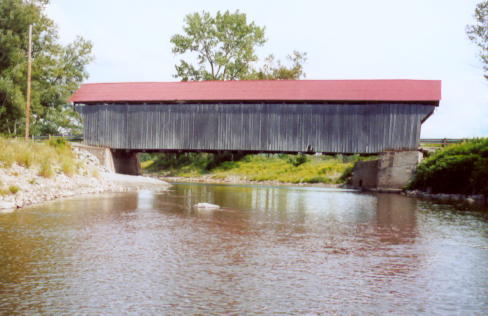
As a community wanted to grow, they had to cross over rivers and gorges, in order to reach out to the neighbouring communities. While it was easy to cross such streams in July, by simply wading through the waters, in January it was another story.
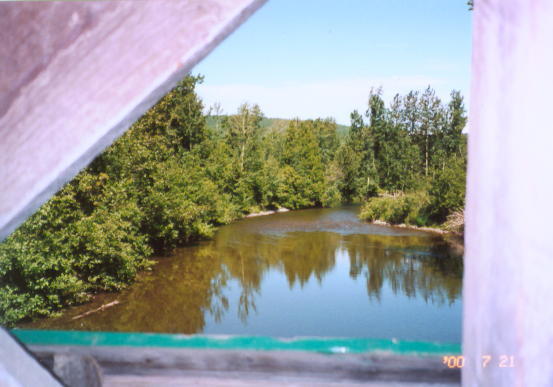
Initially, great trees would be felled across the river, and people walked across on the the tree-trunks. However, the enormous trees necessary for long runs were scarce, and certainly not growing right beside the river. If you wanted to take a horse and rig across, you were stuck - horses were spooked by the rushing water.
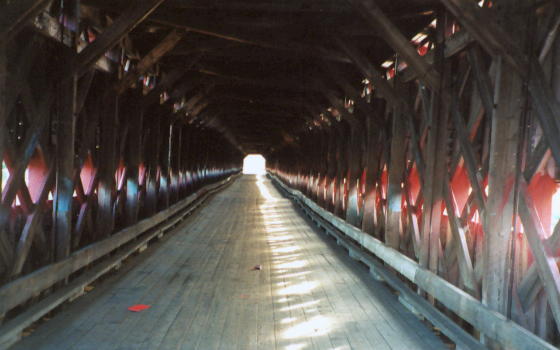
When the local people do not understand steel, and pre-stressed concrete is in the distant future, how do you make a bridge that is big enough, strong enough, and won't swallow the town's entire budget?
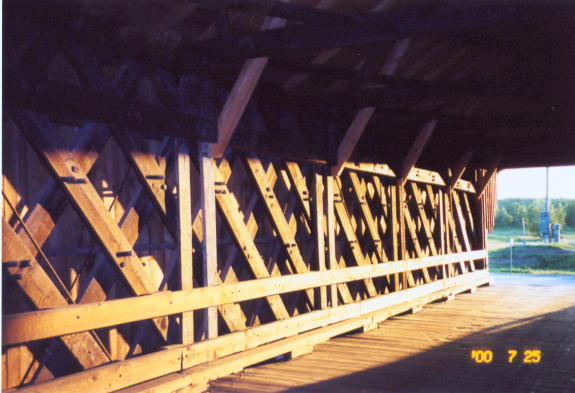
By splitting the wood down to timbers, the local carpenters were able to make truss-bridge structures that used far less wood than the four-foot tree trunks they replaced, and could carry a far heavier load. The Howe truss, the multiple kingpost, and the ultimate bridge structure - the Town Lattice. Town Lattice that was built by the mile and sold by the foot!
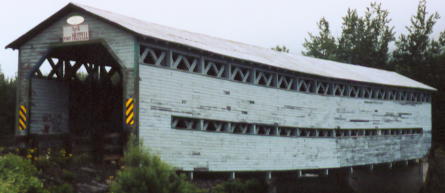
Even eighty years later, the old, sagging covered bridge carries a twelve-ton load.
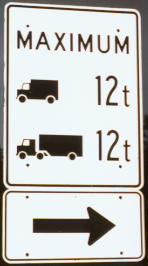
Why were they covered? It certainly was not for the romance. The timbers, if exposed to the weather, would quickly rot, and 4x12s are still expensive. By covering them, the sheathing could rot to the point of disappearing without affecting the strength of the bridge. Horses also preferred going through covered bridges - it felt just like entering the barn!
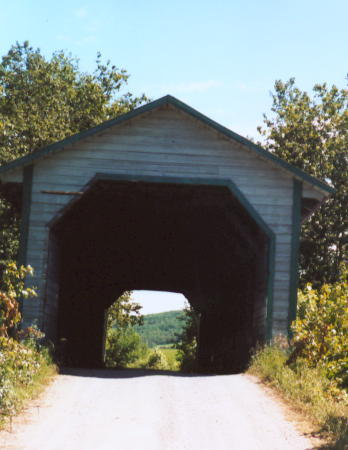
What rivers and gorges do you have in your life? I know a Carpenter. Perhaps a covered bridge will be the answer for you.
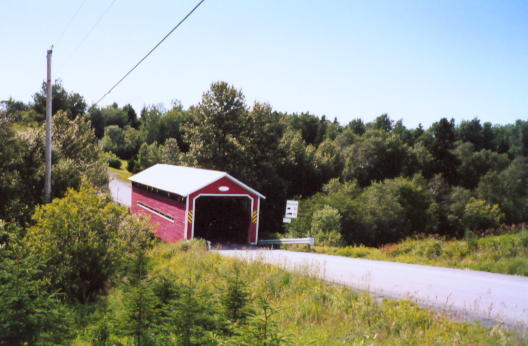
GKM 2000